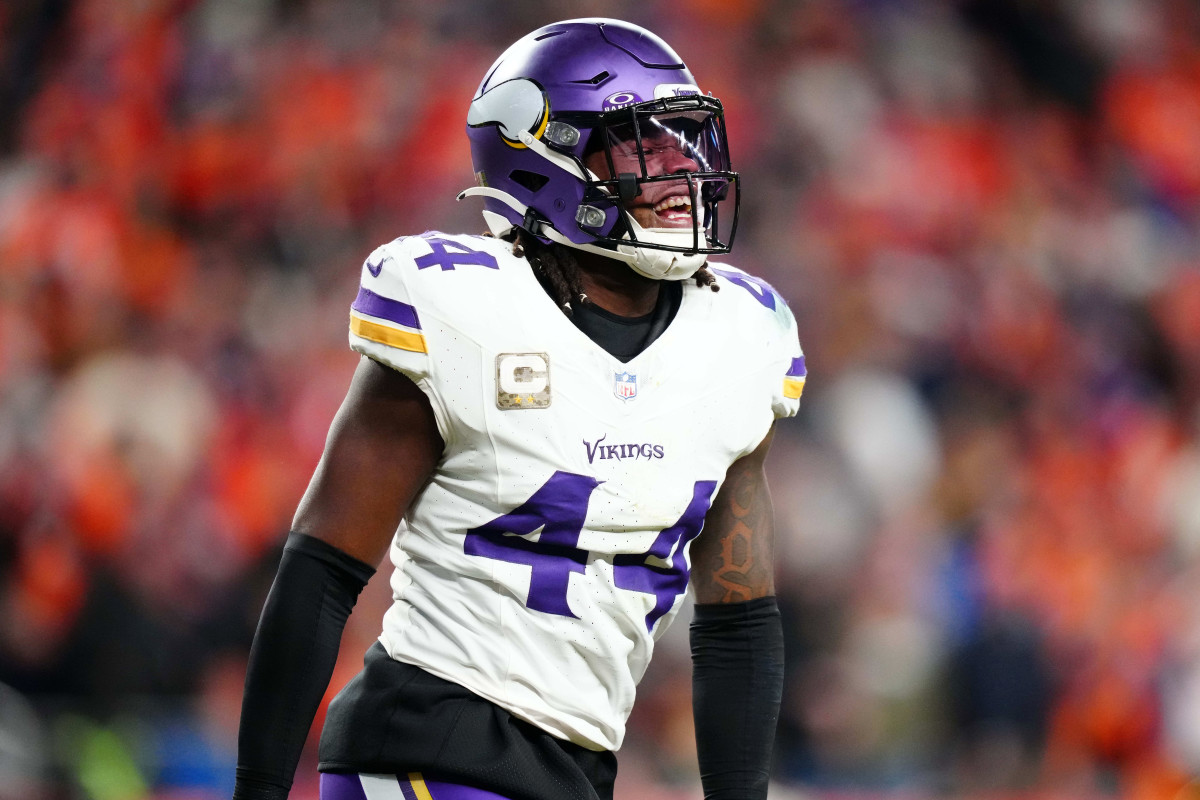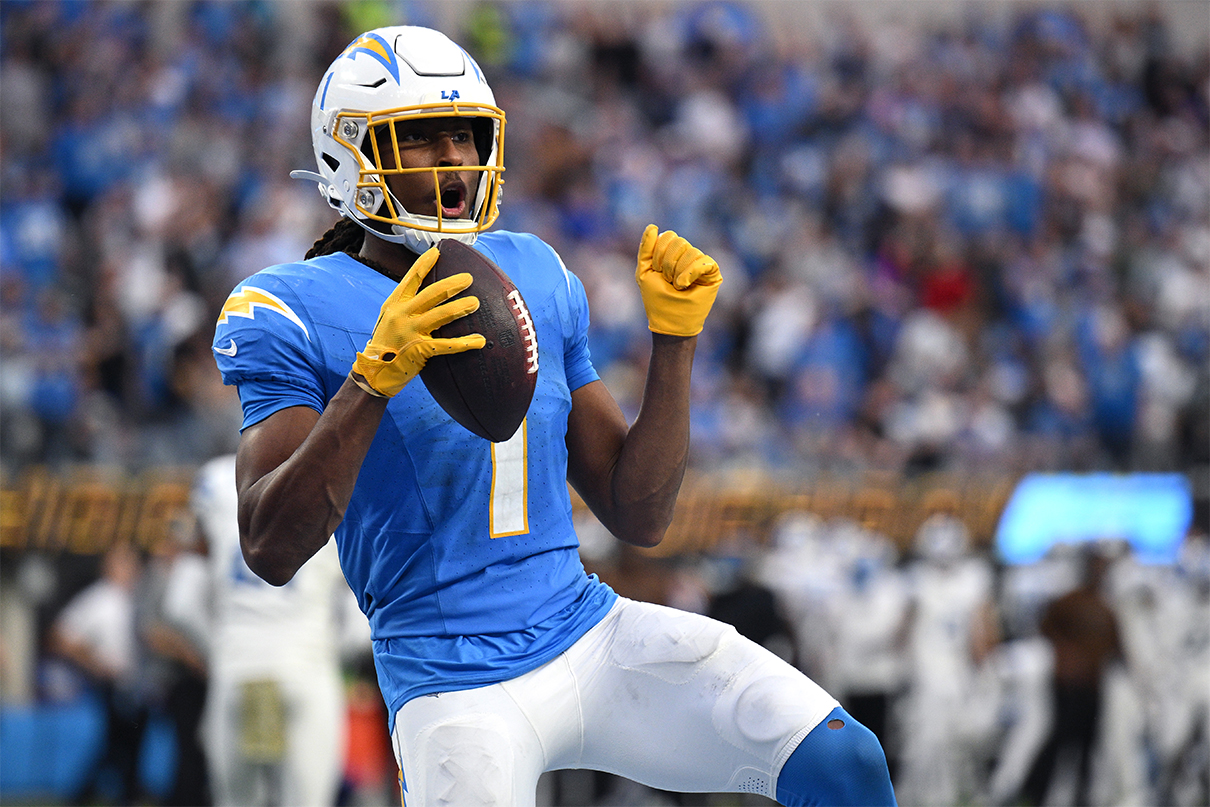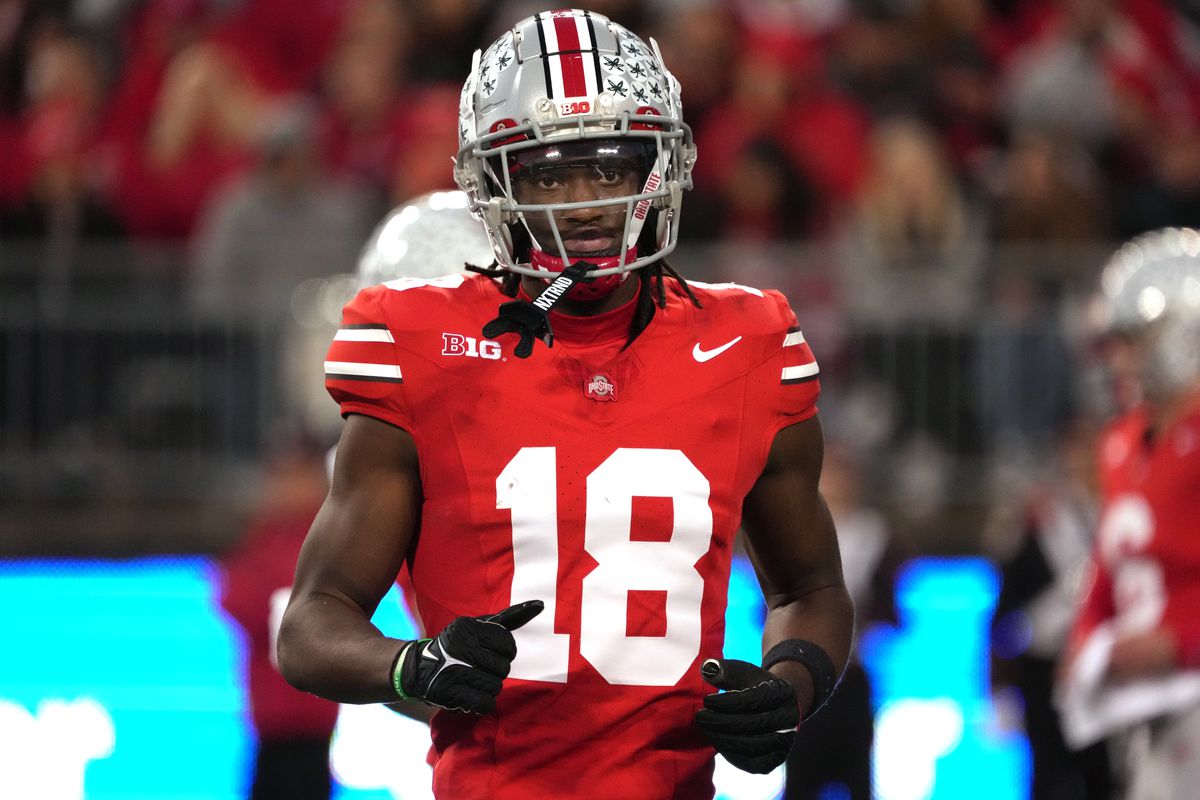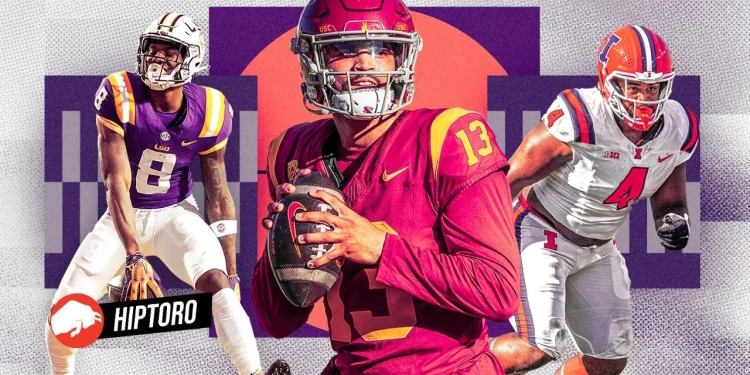In the high-stakes poker game that is the NFL Draft, strategic moves and calculated risks define the future of franchises. The 2024 NFL Draft is shaping up to be a quarterback-focused affair, with Caleb Williams, Jayden Daniels, Drake Maye, and J.J. McCarthy all vying for top spots.
Amidst this quarterback frenzy, a potential trade scenario involving the Minnesota Vikings and the Los Angeles Chargers has emerged as a fascinating subplot, promising to reshape the fortunes of not just these teams, but also leaving a positive impact on the Arizona Cardinals.

Minnesota Vikings, Los Angeles Chargers Eye Draft Day Blockbuster Trade
As the draft drama unfolds, the Minnesota Vikings find themselves in a pivotal position. The departure of Kirk Cousins leaves a void that Sam Darnold alone cannot fill, pressing the Vikings to seek out a long-term solution at quarterback. Meanwhile, the Los Angeles Chargers, comfortably set with Justin Herbert at the helm, are in a prime position to leverage their draft spot for greater team depth.
The proposed trade would see the Vikings moving up to the No. 5 spot, originally held by the Chargers, in exchange for their No. 11 and No. 23 first-round picks, along with a fourth-round pick in 2025. This move ensures that the Vikings can secure their quarterback of the future without disrupting the Cardinals’ plans at No. 4, potentially to select WR Marvin Harrison Jr., a talent too significant for Arizona to pass up.

Strategic Implications for the Minnesota Vikings
For the Minnesota Vikings, this trade represents an opportunity to jumpstart their post-Cousins era with a top-tier quarterback talent. The prospect of pairing a rookie QB with established weapons like Justin Jefferson and T.J. Hockenson is enticing, promising a smooth transition and immediate impact. Minnesota’s commitment to a quarterback-friendly scheme further enhances the appeal of this bold move, signaling a bright future ahead.
The Los Angeles Chargers’ Calculated Gamble
On the flip side, the Los Angeles Chargers stand to benefit significantly from this trade. By moving back to the No. 11 spot, Los Angeles can still target top receiving talent, such as Brian Thomas Jr., Adonai Mitchell, or Xavier Worthy, to bolster Herbert’s arsenal.
The additional first-round pick at No. 23 opens the door for defensive reinforcements, ensuring the Chargers can address multiple needs in a single draft. This strategy aligns perfectly with Jim Harbaugh’s vision of a well-rounded, competitive team.
Wanna know the last Charger game I went to in person though… this one 😂😂😂😂
I watched Tua have the most embarrassing QB performance in NFL history right in front of me 🤣🤣🤣🤣🤣🤣🤣🤣🤣🤣 pic.twitter.com/x1mRncPT04
— TrolliePolieOlie (@TrolliePolie34) March 27, 2024
A Ripple Effect, The Arizona Cardinals’ Windfall
While not directly involved in the trade, the Arizona Cardinals find themselves in an enviable position. With the Vikings and Chargers focusing on their immediate needs, the Cardinals are left to select Marvin Harrison Jr., a generational talent at wide receiver, without competition. This outcome not only strengthens Arizona’s receiving corps but also underscores the draft’s unpredictable nature and the strategic depth teams must navigate.

Minnesota Vikings, Los Angeles Chargers, Arizona Cardinals, NFL Draft Day Strategies Unfold
As the NFL Draft approaches, the potential trade between the Vikings and Chargers exemplifies the intricate strategies that define team building in professional football. By addressing their respective needs through a mutually beneficial exchange, both teams set themselves on a path to success.
Meanwhile, the Arizona Cardinals stand to benefit from the fallout, underscoring the interconnectedness of draft day decisions. If executed flawlessly, this three-way win could become a case study in an effective NFL drafting strategy, benefiting all parties involved for seasons to come.

Sources: Fansided









